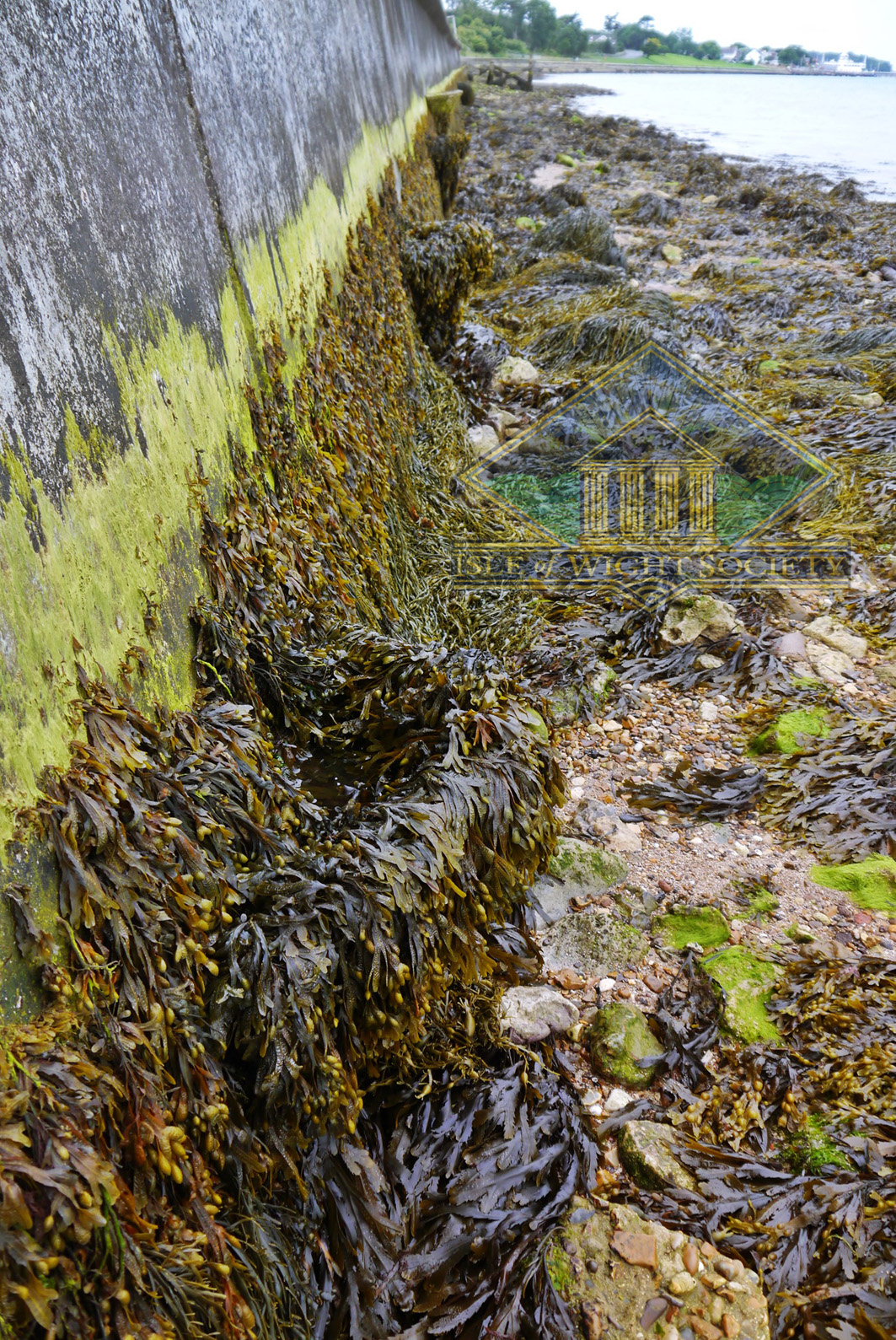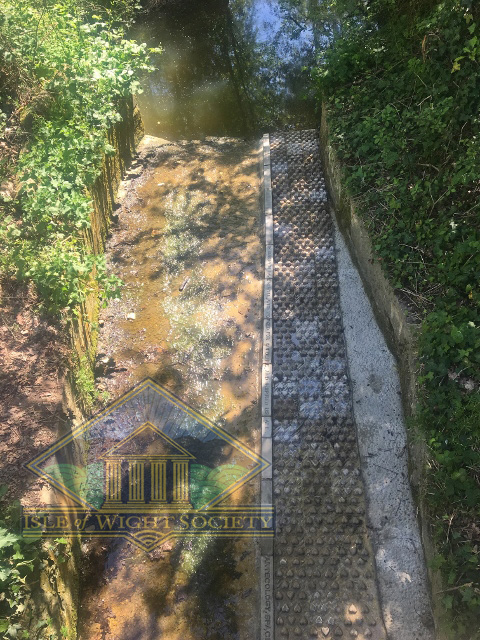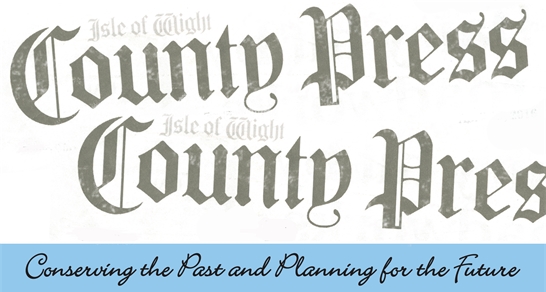September 2017
Can the built environment be friendly for wild life?
Your house could be a standard box, with few opportunities for wildlife to colonise and make a home. Or it could have “add ons” that make it more attractive to the creatures and plants whose habitat is being lost.
We all look at Grand Designs and see massive living plant roofs put on some new houses. We have an example here on the Island on the roof of the Brading Roman Villa, a roof that makes the building blend into the environment when seen from the top of Brading Down, a visual advantage. But if you are considering an extension, have you thought about creating a living roof on a smaller scale? It needs to have insect friendly plants to be really useful to wildlife.
When did you last marvel at the industrious house martins building their own nest of mud under the eaves? Easy near the countryside for them, but if there is no mud nearby how can they build? Today ready-made artificial nests can be bought to encourage house martins to take up residence. To encourage swifts and bats, special bricks can be bought and incorporated into your house wall. These have no access into your house. They just provide the right aperture and nest conditions for these species.
An innovative firm on the Island, Artecology, are making a difference when it comes to the built environment. Where sea walls have been built, due to global warming, we are losing the intertidal zone. You may have noticed the Vertipools attached to sea walls at places such as Bouldnor. These create mini rock pools on vertical surfaces. They fill with seawater at high tide, and numerous species of sea life take up residence. They have been very successful over the last four years, in places out-performing the inter-tidal zone. WightLink have just taken up the idea at their new Fishbourne Terminal.

vertipools
A suitably textured rough surface on sea walls can allow barnacles to colonise, and they in turn prolong the life of the concrete. Various patterns in natural cement are undergoing trials.
The same goes for your garden. Small natural cement water containers with rough surfaces can be just the thing to reintroduce standing water into gardens. Those produced by Artecology are child-friendly, as are the Vertipools. Several schools are looking at increasing the biodiversity around their buildings.
Housing estates are often designed with sterile flat grass squares of “amenity areas”. These could be 3-dimensional instead, creating better environments for wildlife and being more stimulating for children.
Artecology have created a natural cement eel pass, an Eelevator, in West Wight. This allows the eels to wriggle their way past obstacles and continue their journey upstream. The patterning has to be just right for the eels, and looks good to humans too!

eelivator
With the review of the Island Plan, the Isle of Wight Council should introduce a planning Policy for Bio-Diversity, taking into consideration climate change and rising sea levels.
[Go Back]

